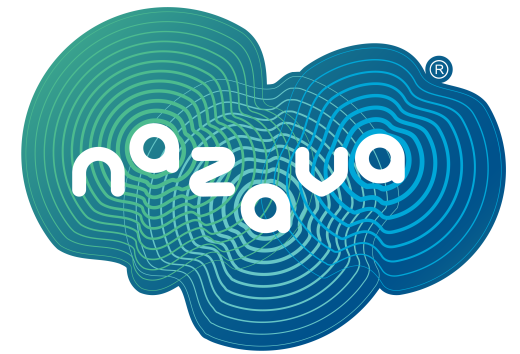What is a Pathogen?
Put simply, a pathogen (or pathogenic organism) is a disease-causing organism. A disease-causing organism can make you sick. Even though bacteria, viruses, protozoa and cyanobacteria are tiny, their presence can be felt quite quickly and, if they are pathogenic, they can become a serious threat to the health of a community if they are able to contaminate a drinking-water supply. Pathogenic micro-organisms generally occur in water supplies that have been contaminated by human and/or animal waste. The ones that affect humans can very quickly multiply inside us and give us gastrointestinal illnesses – meaning vomiting and diarrhoea.
How do Pathogens Get into Water?
All waterborne pathogens (let’s call them ‘pathogenic micro-organisms’) are transmitted to humans through drinking or otherwise ingesting contaminated water, either directly or via food or poor hygiene. During heavy rain, many of these pathogenic microorganisms can be washed into waterways, increasing the risk of getting into water supplies.
Therefore, the keys to breaking the process of transmission of these pathogenic microorganisms are to:
- protect the water source by preventing contamination from occurring
- protect the population from ingesting contaminated water by treating a contaminated supply and limiting its use
- inform the community if something goes wrong.
Examples of how human and animal waste may contaminate a water supply include,
but are not limited to the following.
• Groundwater may be contaminated through:
– failure of an on-site sewage disposal system (eg, septic system), which causes direct infiltration to groundwater and/or provides runoff to surface water
– contamination of the bore or wellhead
– contamination of shallow well from an offal or dairy-shed waste pit, especially
during a drought when groundwater level is low.
• Surface water may be contaminated through:
– discharge of untreated or improperly treated sewage to rivers and reservoirs,
including the malfunctioning of waste-water plants during heavy storms with
excessive stormwater runoff
– runoff of animal wastes to surface water from pastures
– over-application of dairy effluent onto pasture, causing contaminated water to run
off to surface water and/or infiltrate to groundwater.
• Roof water may be contaminated from faeces from possums, birds and cats on roofs
from which water is taken. Animals like frogs living in storage tanks can also cause
contamination.
• After treatment may be contaminated through backflow and cross-contamination
into the drinking-water supply.

Leave A Comment